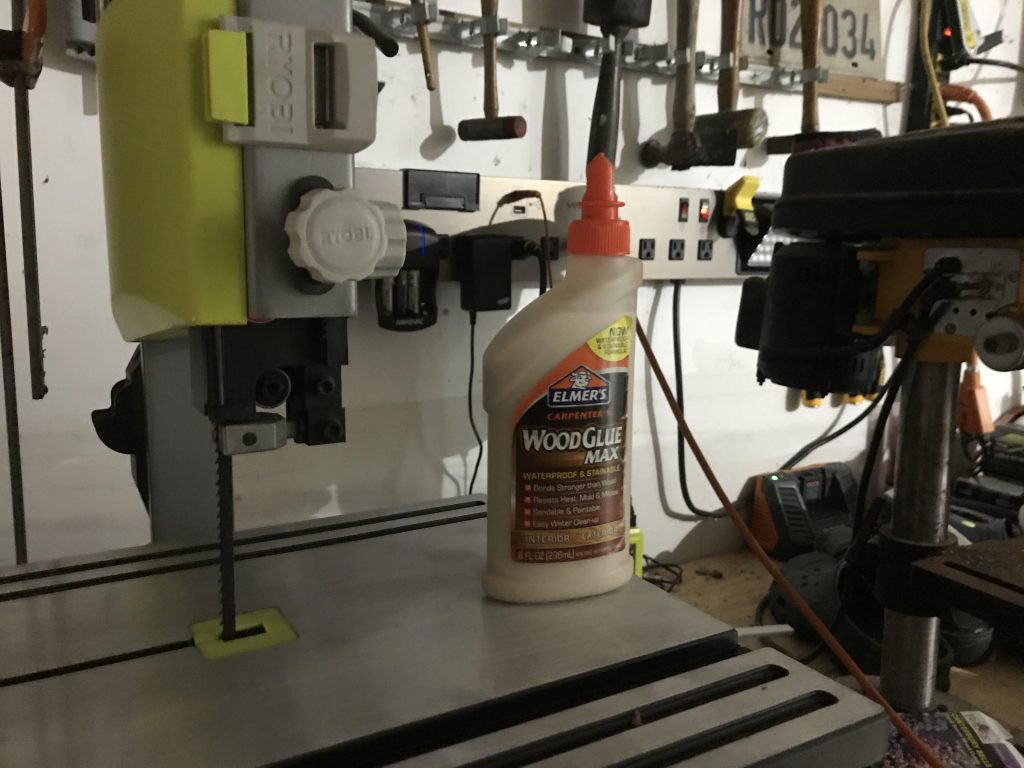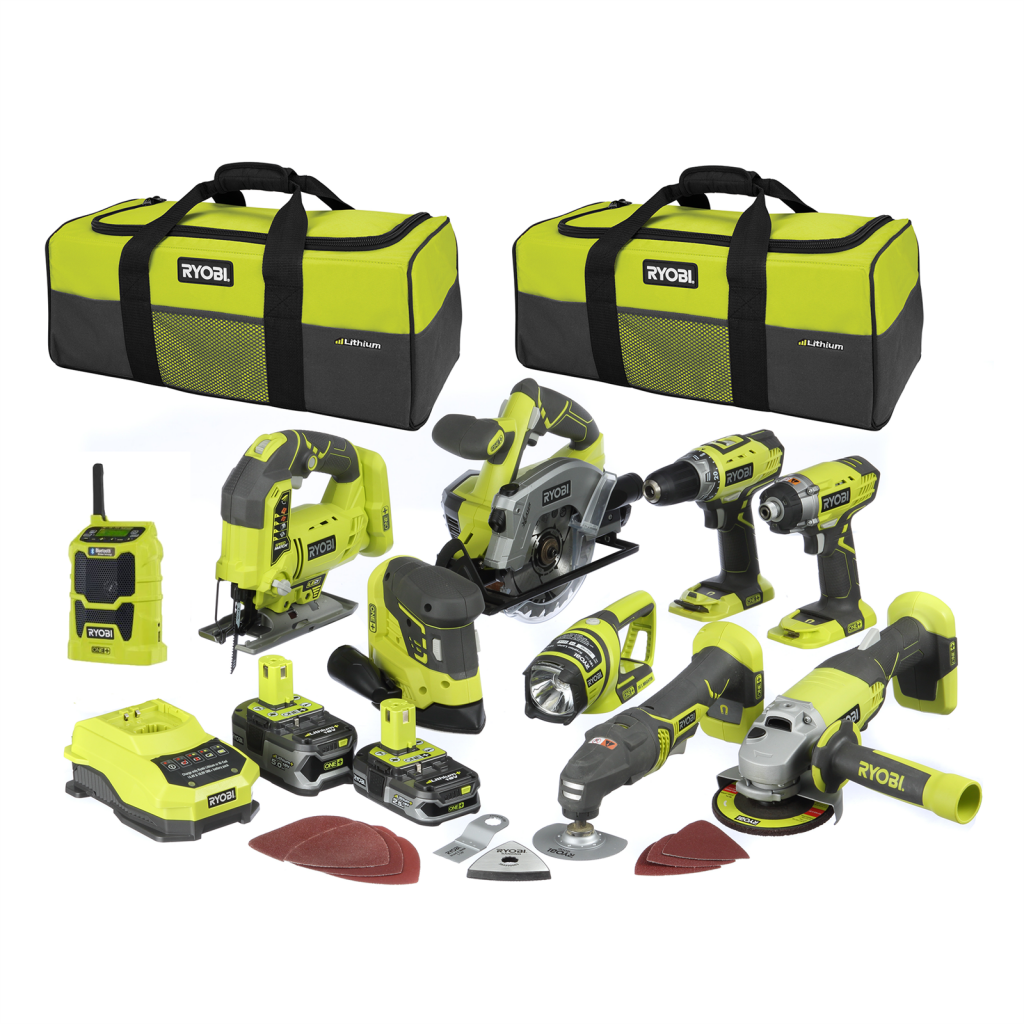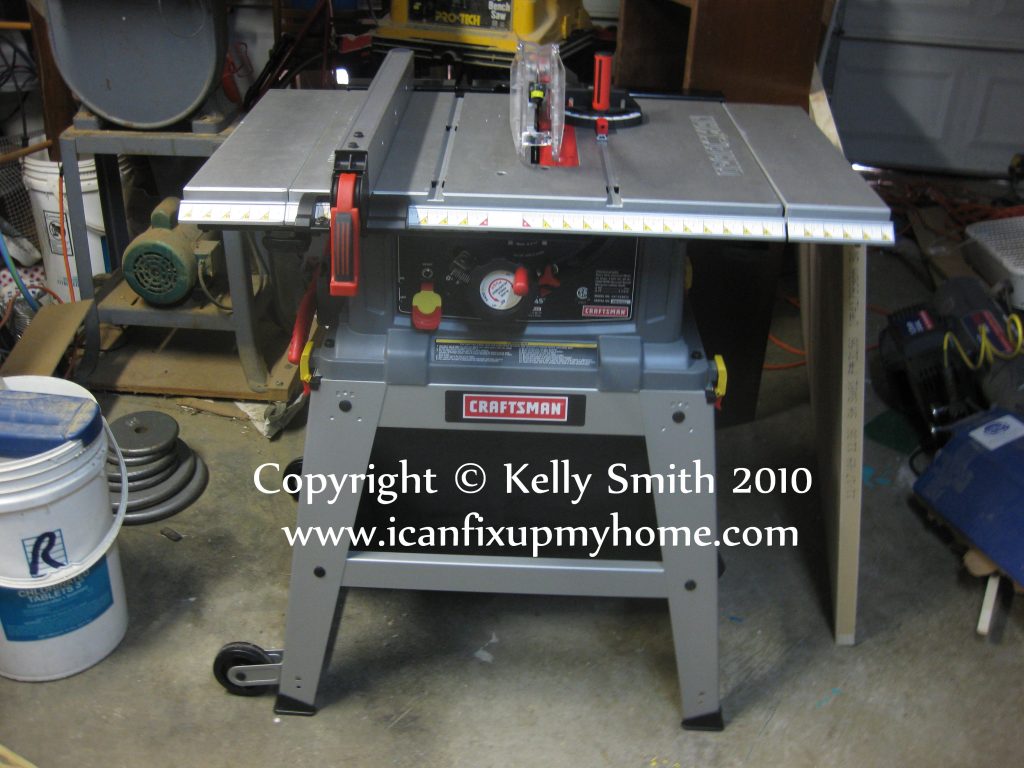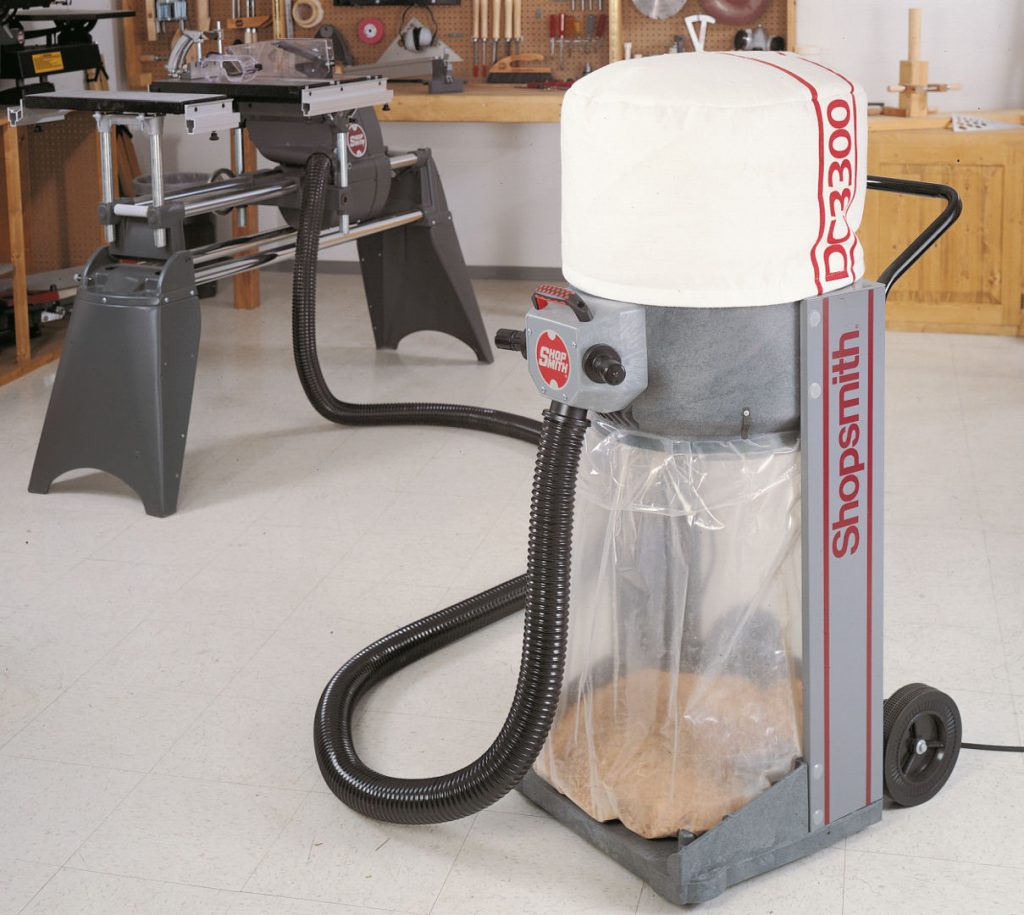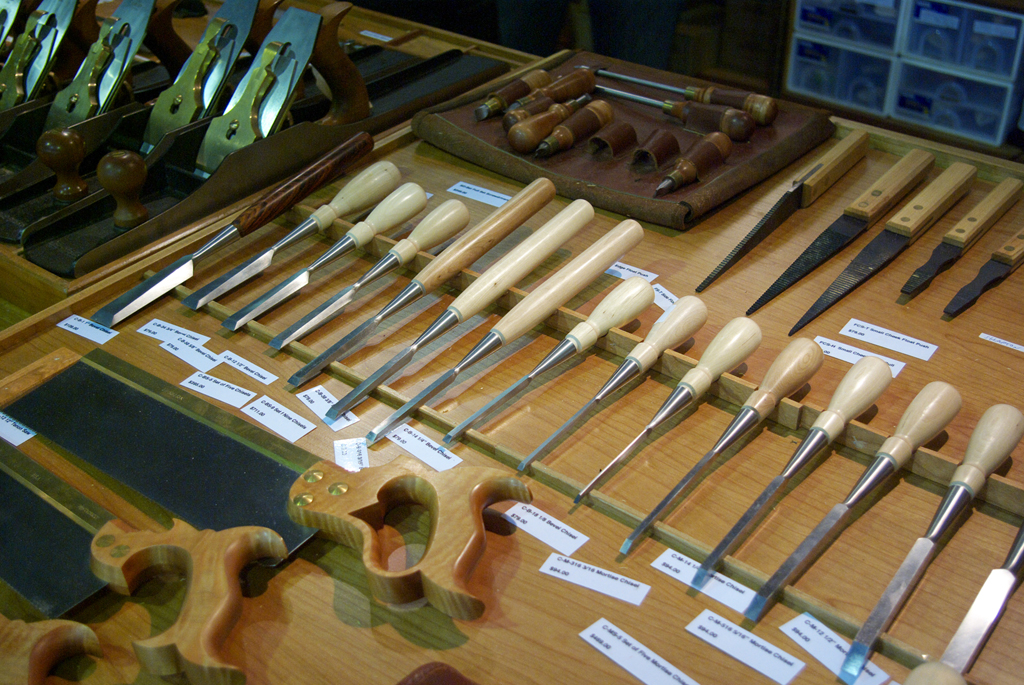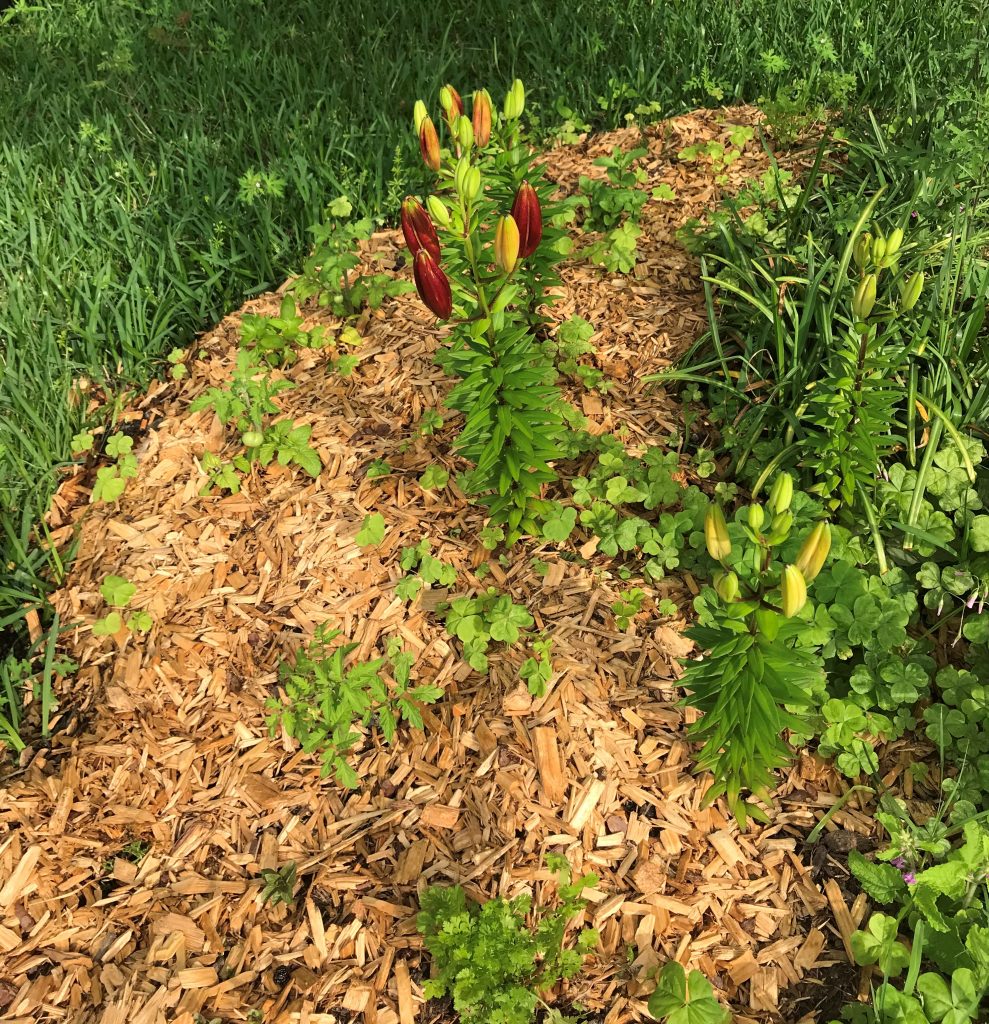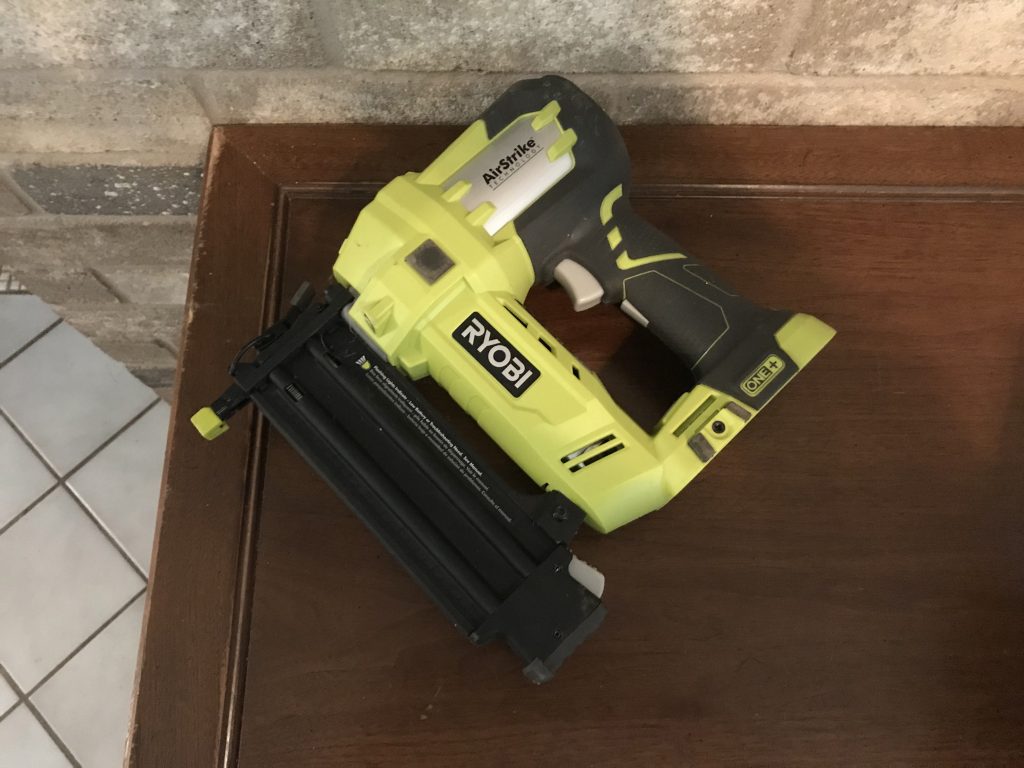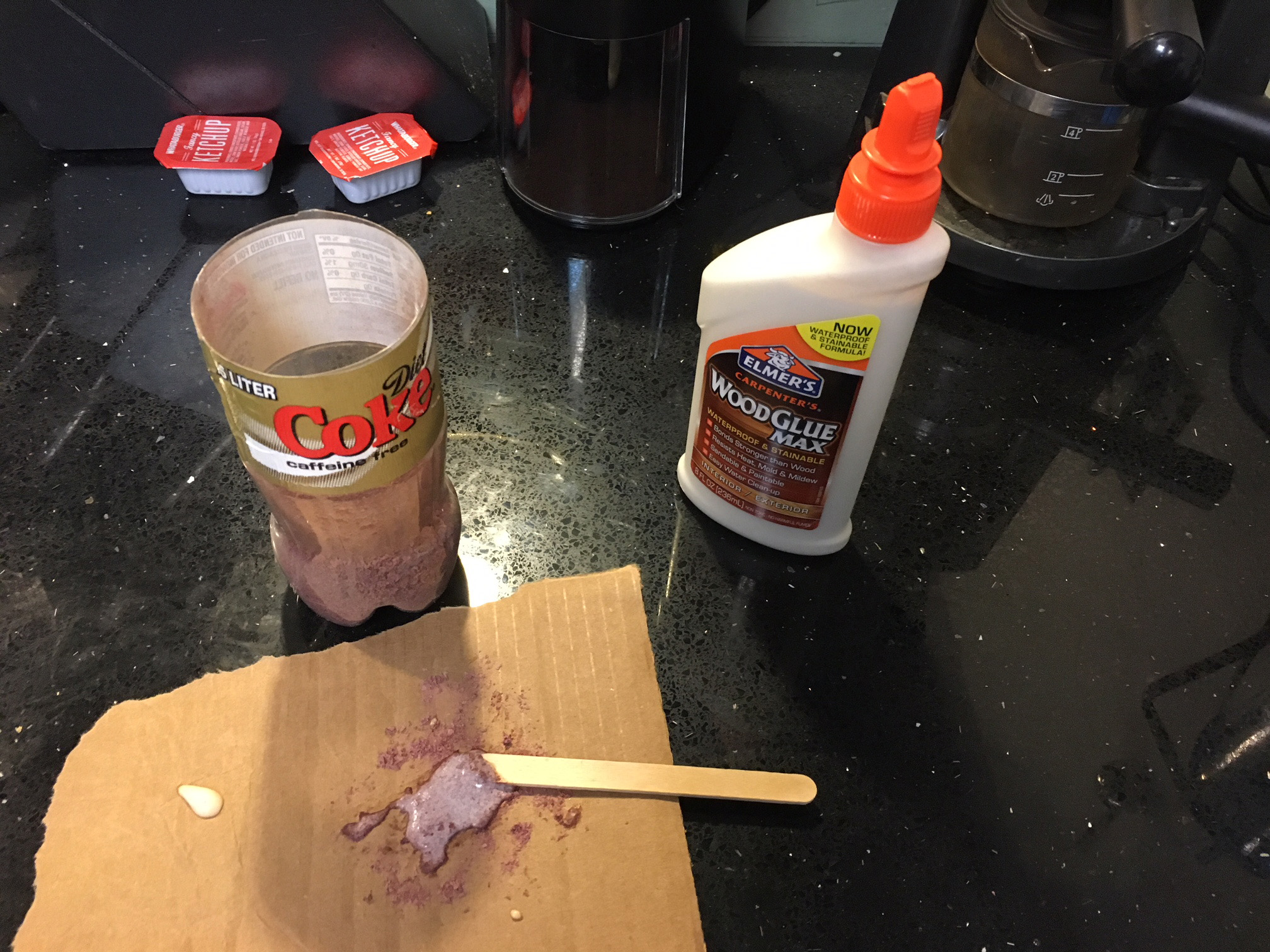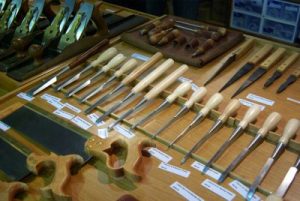by Kelly R. Smith
|
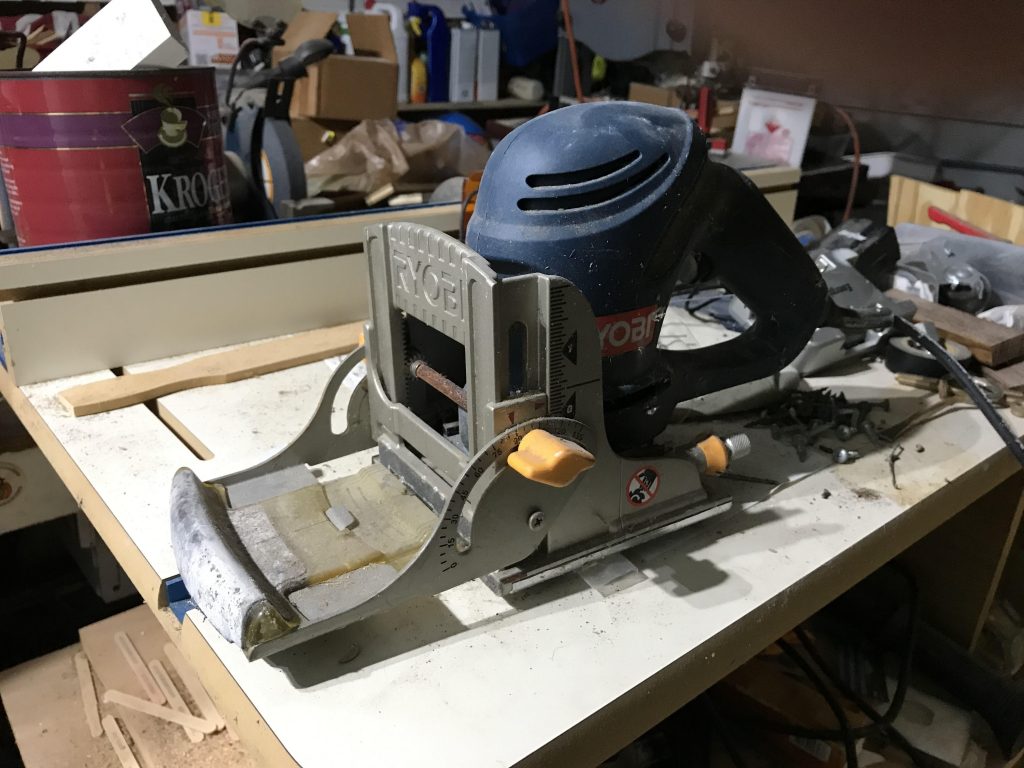
Granted that the biscuit joiner is not a power tool that you use everyday on your woodworking projects. It falls into the category of go-to tools when nothing else will do the job so well. On projects that require mating planks, this tool is invaluable. On some projects, just gluing them up and clamping them is sufficient but on others a stronger bond is required. And why not err on the side of caution? The right tool is just as important as adequate shop lighting.
For years I relied on dowels to do the job. That worked, but getting that precision can be difficult. Drilling the holes at the exact angle and in the exact location can be dicey, especially when using a hand-held drill rather than your drill press. This is where the biscuit joiner comes into its own.
Using Your Biscuit Joiner
For the sake of argument, let us assume that we are joining several boards to make up a table top.
- Biscuits can “telegraph.” This means that as the glue dries, it can warp the surface plank wood down towards the biscuit. To avoid this minor imperfection in the end product (you’re the only one who will notice, but still), don’t cut your biscuit slot in the exact center of the planks, rather, a bit lower towards the bottom of the finished product.
- Biscuits don’t add a lot of strength. So the argument goes. Some carpenters use biscuits simply to assure themselves that the planks will stay aligned as the glue dries. I’m from the other camp that believes that they do add a lot of strength, especially when the end product comes under stress because the length of the biscuit distributes the load better than a cylindrical dowel..
- You can add biscuits for additional strength after the glue-up on 45 degree corners. Use your joiner as a plunge tool after the glue has dried. For example, you might do this on the underside of a picture frame after you remove your 45 degree clamps or spring clamps. Plunge the slot, glue-up and add the biscuit, and use your belt sander to level it up later.
- Bring the motor up to full-speed before engaging the joiner. Easy, cowboy.
So, do you really need a biscuit joiner for your woodworking projects? The short answer is “no,” but the long answer is, “yes, because it will make your life so much better and your range of carpentry skills broader.”
Related Articles
- Make a Round and Cylindrical Object Drilling Jig
- Top 10 Table Saw Safety Tips
- Paint Like a Pro with These 10 Tips
- 5 Benefits of a Wood Shop Dust Collector
Looking for more great content? Visit our partner sites:
I offer article and blog-writing services. Interested? Hire Me!
Did you find this article helpful? Thanks for supporting this free site with a small donation!
Visit Kelly’s profile on Pinterest.
About the Author:
 Kelly R. Smith is an Air Force veteran and was a commercial carpenter for 20 years before returning to night school at the University of Houston where he earned a Bachelor’s Degree in Computer Science. After working at NASA for a few years, he went on to develop software for the transportation, financial, and energy-trading industries. He has been writing, in one capacity or another, since he could hold a pencil. As a freelance writer now, he specializes in producing articles and blog content for a variety of clients. His personal blog is at I Can Fix Up My Home Blog where he muses on many different topics.
Kelly R. Smith is an Air Force veteran and was a commercial carpenter for 20 years before returning to night school at the University of Houston where he earned a Bachelor’s Degree in Computer Science. After working at NASA for a few years, he went on to develop software for the transportation, financial, and energy-trading industries. He has been writing, in one capacity or another, since he could hold a pencil. As a freelance writer now, he specializes in producing articles and blog content for a variety of clients. His personal blog is at I Can Fix Up My Home Blog where he muses on many different topics.




